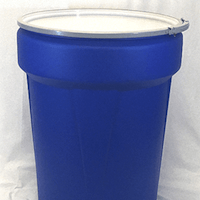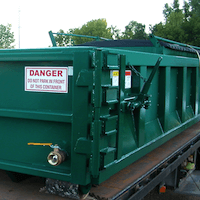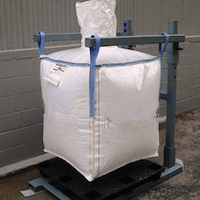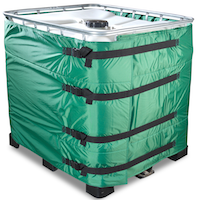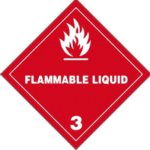
Handling, Storing and Shipping Hazardous Material Requires A Thorough Knowledge Of All The Elements Involved
Nine HAZMAT Classes
Class 1: Explosives
Subdivisions
1.1. Mass explosion hazard
1.2. Severe projection hazard
1.3. Fire, blast, or projection hazard but no mass explosion hazard
1.4. Minor fire or projection hazard
1.5. Very insensitive explosives; mass explosion hazard but little probability of detonation
1.6. Extremely insensitive explosives; no mass explosion hazard and negligible probability of accidental detonation
Definition:
Materials or devices that can ignite or blow up due to a chemical reaction.
Why Regulated:
Potential to cause immense damage through force, and produce hazardous amounts of heat, light, sound, gas, and/or smoke.
Common Examples: Ammunition/cartridges, Fireworks/pyrotechnics, Drilling and mining equipment, Power rivets, Flares, Air bag inflators, Fuses and detonating cords, Igniters.
Class 2: Gases
Subdivisions
2.1. Flammable
2.2. Non-flammable, non-toxic
2.3. Toxic
Definition:
Compressed, liquefied, or dissolved gases, ie substances with a vapor pressure of 300 kPa or greater at 50℃, or those which are completely gaseous at 20℃ at standard pressure. The class also includes items containing such gases.
Why Regulated:
Flammable, toxic, potential as asphyxiant, ability to oxidize, and corrosive.
Common Examples: Aerosols,Fire extinguishers, Air conditioning and refrigeration equipment, Gas cylinders, Lighters, Spray cans, Auto parts.
Class 3: Flammable Liquids
Definition:
Liquids, mixtures of liquid, or liquids containing a solid in solution that give off a flammable vapor (has a flash point) of no more than 60-65℃. This includes liquids sent for transport at temperatures at or above their flash point.
Why Regulated:
Volatile, combustible, and potential to cause severe fires.
Common Examples: Cosmetics, Paints/lacquers/varnishes, Alcohols, Perfume, Gasoline/Petrol/fuels, Gas/shale/heating oils, Pesticides.
Class 4: Flammable Solids
Subdivisions
4.1. Flammable solids
4.2. Spontaneously combustible materials
4.3. Dangerous-when-wet materials (ie emit flammable gases when wet)
Definition:
Solid materials that can heat up or easily combust under typical transport circumstances or when in contact with air or water, can cause fire through friction, self-reactive substances, or solid desensitized explosives.
Why Regulated:
Volatile, combustible, and potential to cause severe fires.
Common Examples: Sodium batteries, Firelighters, Matches, Desensitized explosives, Oily fabrics, Fibers, and waste, Alkali metals, Metal powders.
Class 5: Oxidizers and Organic Peroxides
Subdivisions
5.1. Oxidizing agents
5.2. Organic peroxides, liquid or solid
Definition:
Chemicals that give off oxygen in chemical reactions, subsequently causing combustion.
Why Regulated:
Potential to cause combustion of other materials. Organic peroxides specifically are thermally unstable, and can react dangerously with other substances.
Common Examples: Fertilizers, Laundry supplies, Chlorinated pool chemicals, Chlorates, Nitrates, Nitrites, Hydrogen peroxide.
Class 6: Toxic Materials and Infectious Substances
Subdivisions
6.1. Poisonous materials
6.2. Biohazardous substances
Definition:
Materials other than gases that can cause death, injury, or harm to human health. Includes substances that contain pathogens like bacteria, viruses, and other disease-carrying microorganisms.
Why Regulated:
Can pose significant risks to human and animal health.
Common Examples: Biological/medical cultures/samples/specimens/waste, Photographic supplies, Dyes, Pesticides, Acids, Arsenics, Lead, Mercury, Chloroform, Tear gas substances, Venom.
Class 7: Radioactive Materials
Definition:
Materials that emit radiation or are subject to radioactive decay.
Why Regulated:
Can pose significant risks to human and animal health.
Common Examples: Radioactive ores, Medical supplies, Pharmaceuticals, Density gauges, Surface contaminated object, Depleted uranium/depleted uranium products, Radionuclides/isotopes.
Class 8: Corrosive Substances
Definition:
Substances that decompose or disintegrate other materials upon contact.
Why Regulated:
Can cause severe damage to living tissue or, if leaked, on surrounding materials.
Common Examples: Acids/acid solutions, Batteries, Battery fluid, Fuel cell cartridges, Fire extinguisher charges, FormaldehydeHydrochloric acid
Class 9: Miscellaneous Dangerous Goods
Definition:
Materials that present a danger or hazard not covered by a different class. Includes, but is not limited to: environmentally hazardous materials, materials shipped at high temperatures, materials with anesthetic or noxious properties, and more.
Why Regulated:
Various hazards to human health and safety, infrastructure, and transport carrier.
Common Examples: Lithium ion/lithium metal batteries, Battery powered equipment and vehicles, Dry ice/cardice/solid carbon dioxide, Chemical kits/first aid kits, Life saving appliances, Air bag modules, Seatbelt pretensioners, Fuel cell engines/internal combustion engines, Vehicles, Magnetized material, Genetically modified organisms/micro-organisms.
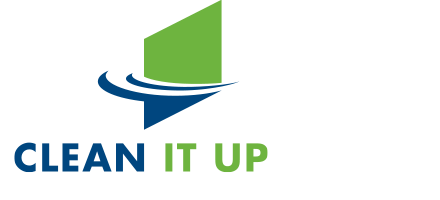

 P.O. Box 8149
P.O. Box 8149